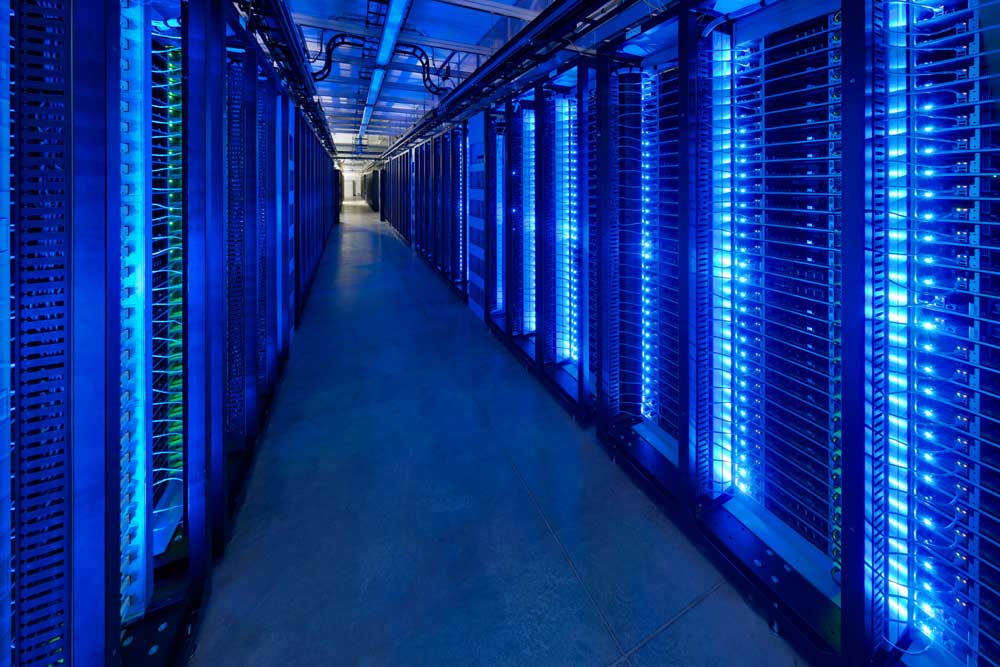Serverless technology is the latest trend in the cloud service industry.
State of the Cloud 2018 report published by RightScale states that serverless computing has an annual growth rate of 75%.
Considering several coding benefits of serverless computing, the figure is hardly surprising.
Other benefits of serverless computing include cost-efficiency, lower complexities in various operations, and enhanced DevOps efficiency.
Moreover, serverless infrastructure does not require manual management as the cloud provider is responsible for the entire process.
Top 6 Trends and Benefits of Serverless Computing in 2021
1. Knative to drive Standardization
With all the intuitive services and tools at your disposal, it is hard to believe serverless computing is one of the latest technologies.
Maybe that is why there is a severe lack of interoperability and standardization among various cloud providers.
The Cloud Native Computing Foundation (CNCF) has already warned companies about the probability of getting locked into one or multiple vendors.
However, the recent release of Knative by Google, IBM, SAP, Pivotal, and Red Hat may boost the standardization process and leverage users’ Kubernetes experience.
This project’s primary objective is to develop and deploy serverless and container-based software to deploy and function on any cloud.
With standards like cloundevents, users are no more restricted to a single cloud server anymore.
Moreover, enterprises expect growth in polycloud applications development through functions that use services from several providers as a single solution.

Knative Contribution Guidelines
2. Serverless Computing will expand into hybrid IT
Similar to AWS EC2 and S3, AWS Lambda has been driving serverless computing adoption for public cloud IaaS.
However, most enterprise customers fave application requirements that are inherently hybrid.
Extends to hybrid IT:
- Some specific applications are optimized for AWS, while some applications are designed to run in a company’s on-premises data center. Rest will run across public clouds.
- You may expand the adoption cloud significantly by enabling hybrid serverless systems capable of spanning multi-cloud environments and data centers.
- Kubernetes has become a leading open-source container solution and is most likely to become the base for serverless infrastructure.
- Its wide range of features, including service discovery, networking, multi-cloud environment support, and agile scaling, make Kubernetes the perfect serverless option.
Industry experts expect the FaaS market to reach $7.72 billion by the end of 2021 and witness large-scale operations being adopted across the world.
3. Improve Serverless Security
Serverless transfers various security risks concerning a server to the cloud service provider.
However, it also redirects an unauthorized user to vulnerable targets, in most cases, the applications themselves, which is definitely a matter of concern.
In a recent survey, experts have found that one out of five serverless applications has one or multiple critical bugs.
With more companies relying on serverless, there is an urgent need to resolve the unique security risks of a serverless application.
No doubt, with such an increasing trend of serverless, enhancing security systems is inevitable.
 Security Best Practices
Security Best Practices
4. Evolution of testing options
Testing an application in a serverless environment is more complicated than doing it locally.
Most providers emphasize remote testing, but it is only useful at an individual level of function. Serverless application testing as a whole is yet to be addressed.
Due to the lack of efficient and uniform testing systems, developers are forced to invent and share their own protocols for serverless testing. These testing protocols are often laborious and fragmented especially in polycloud applications.
Compared to local testing, API and Integration tests are more complex in a serverless environment. It refers that stubs and mock objects are more likely to be indispensable in unit testing.
5. Better observation and monitoring
Observing and monitoring serverless architecture is not as simple as it may seem. Its high level of abstraction and complexity make the process a real challenge.
In fact, in their previous quarterly report on developer trends in the cloud, DigitalOcean developers cited monitoring serverless systems as the biggest challenge.
The observation support system varies for every provider and often needs to be complemented with external methods and DIY services.
Enhancing Observability:
- It breaks down applications into smaller pieces
- It uses event-based systems instead of stream-based.
- End-to-end observability provides visibility into the entire infrastructure.
Working with a distributed system:
- It may contain hundreds of functions.
- Identifying and resolving might get difficult.
- Metrics will become more complicated.
Developers are more likely to enhance visibility into serverless computing systems in the next couple of years.
There is no other way around considering the increasing demand for more complex applications.
OpenTracing, Open source infinitives, and OpenMetrics will often play a major role in stacking up serverless technology.
6. Expansion of use cases
Several organizations have introduced serverless technology to their operations via services like AWS Lambda.
Most companies use it to process scheduled tasks like periodic data processing and manual scaling.
However, many organizations have now begun to use serverless technology for more critical tasks such as data processing and essential web applications.
Benefits of Serverless Computing
- Achieve better observability through decomposing
- It is an event-based technology.
- Greater innovation, faster deployments, and enhanced flexibility
- Reduces infrastructure cost
- More focus on UX
Conclusion
Serverless is going through its pain of the growth stage like any other emerging technology, generating confusion in the market.
This technology still has a long way to go before it can be considered a revolution. However, it has been up to the mark in terms of performance and efficiency.

